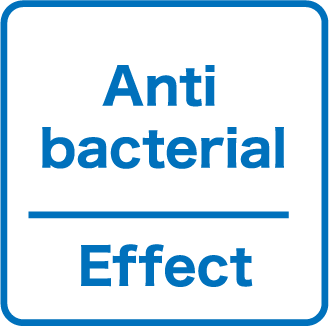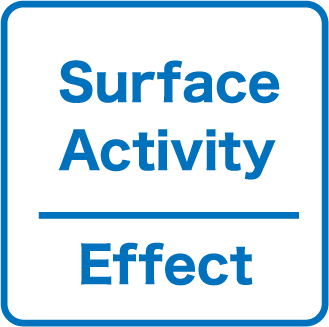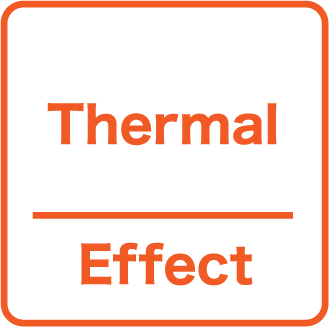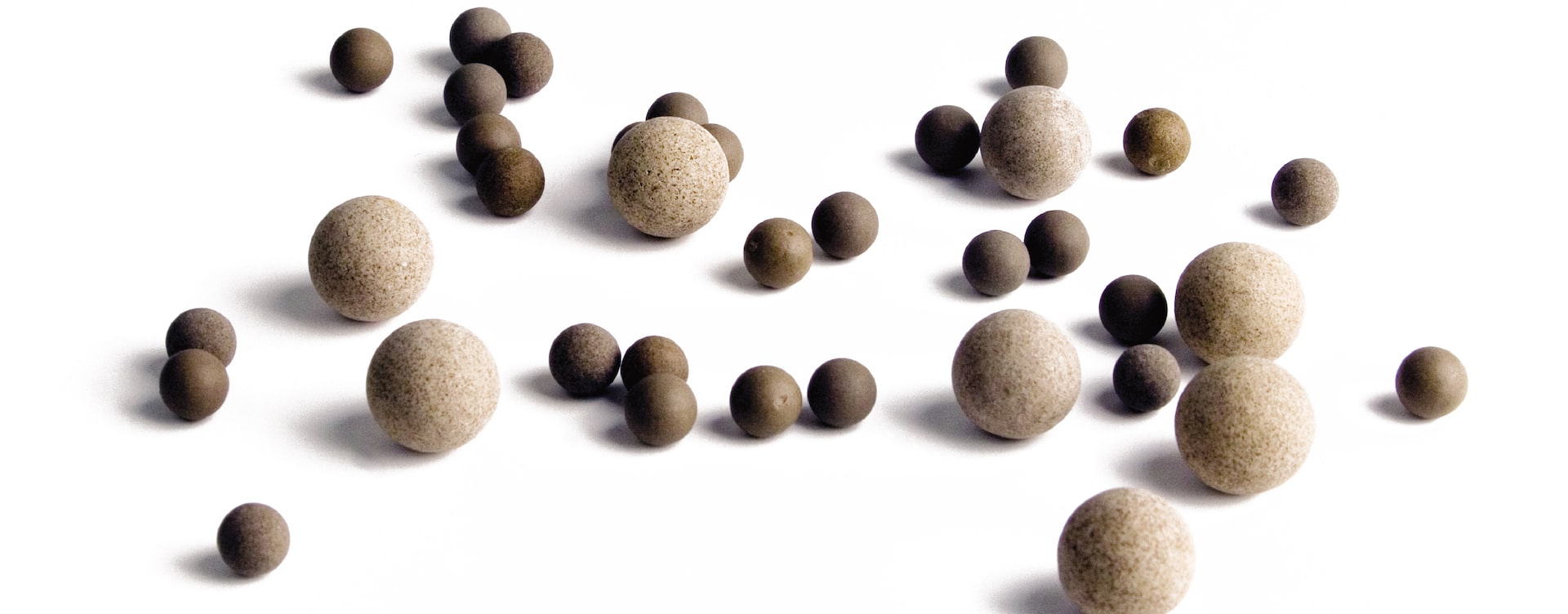
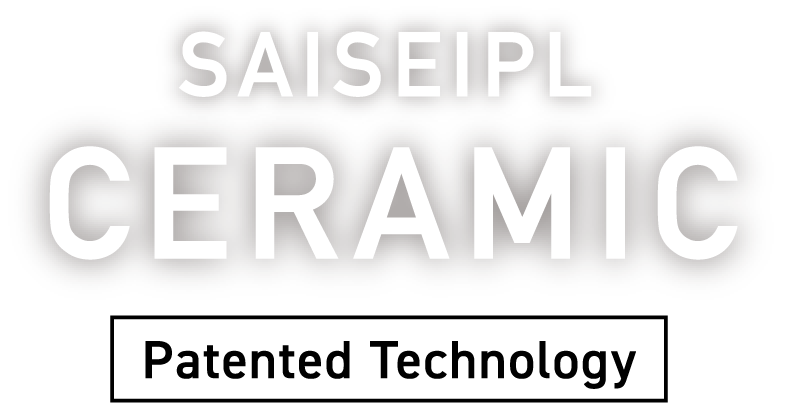
SAISEIPL Ceramic
What are Ceramics?
Ceramics are all around us. We see them everywhere, perhaps especially as earthenware and porcelain ware -- teacups, dinner plates, flower vases, and so forth. The raw materials used in ceramics goods are nonmetallic and inorganic materials mixed with inorganic stone and clay. These materials are heated to extremely high temperatures in the process of producing ceramics goods. The inorganic materials used in ceramics are superior in resisting corrosion, have antibacterial properties, and are stable. Moreover, ceramics are known to generate Far Infrared Rays (FIR). All substances on the earth generate FIR, even the human body. However, of all substances, ceramics are known to generate FIR more than any other.


SAISEIPL Ceramic Technology
When it comes to ceramics, there is no equal to SAISEIPL Ceramic Balls(SCB). SCB are made using a patented process. Over fifty kinds of mineral materials make up each SCB. Heated in temperatures in excess of 3500°F, each SCB becomes extremely durable and is imbued with active energy properties.
2 Types of SAISEIPL Ceramic Balls (SCB)
SAISEIPL offers to types of SCB -- SE and BA. Both types have the ability to activate and ionize water and generate Far Infrared Rays. In addition, BA type SCB also have antibacterial properties. Once tap water undergoes the SCB activation process, the water undergoes a renewal of the natural power of the water.

Features and Benefits
Long Lasting Ceramic Balls
Housed inside the SAISEIPL water activator unit, SBC are forcibly agitated by the dynamic flow of water passing through the activator. SBC collide with each other, which heightens the Far Infrared Ray effect. To ensure long-term performance, SBC must have a higher hardness than conventional ceramics.
In response, SAISEIPL developed an extremely hard SBC using traditional Korean pottery firing technology, which is renowned for producing the hardest of all ceramics. Specifically, we fire the SBC first at low and medium temperatures and finally at ultra-high temperatures in excess of 3500°F.

10-Year Elution Test

The photos show SCB (left) and ordinary ceramic balls (right) after being immersed in water for ten years. SCB show no change in the water or the ceramic balls. In contrast, the ordinary ceramic balls have swollen and the water is clouded. The clouding indicates elution from the balls when they are immersed.
SAISEIPL Ceramic Effect
Antibacterial Effect
BA type balls exert antibacterial action against Staphylococci, Penicillium, Legionella, and Escherichia coli, as well as decompose and remove unpleasant odors. The raw materials used in BA are also used in many textile products by weaving in the ceramic elements, such as in face masks, wallpaper, and clothing.

Far Infrared Rays (FIR)
Ceramics have the inherent property of emitting Far Infrared Rays (FIR). FIR with a wavelength in the range of 4 - 24 microns (e.g. grow lights) are said to be the most beneficial for plant and animal life. FIR with a wavelength range of 4 - 14 microns account for at least 90 percent of those emitted by SAISEIPL ceramics.

SAISEIPL Ceramic Uses
Hotels, Hospitals, Gyms, Swimming Pools & Spas

Hotels, Buildings & Residences

Mask, Clothing & Beddings



